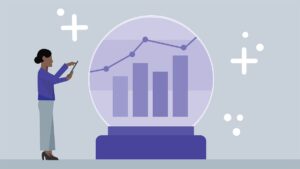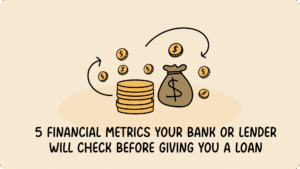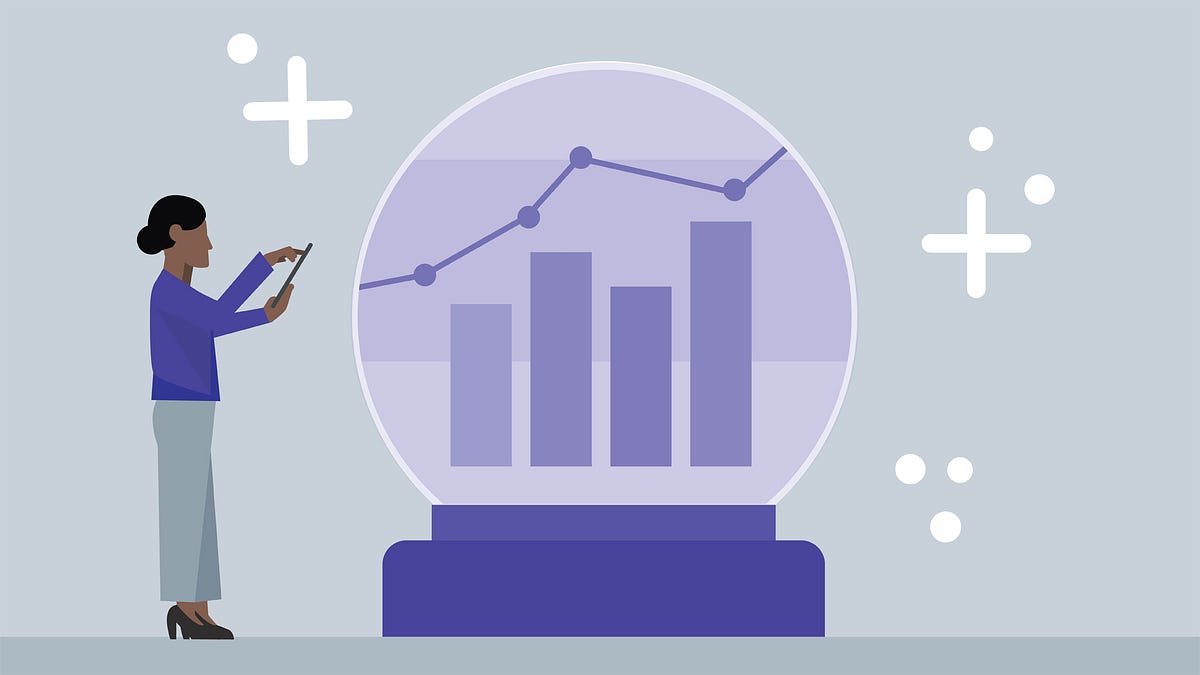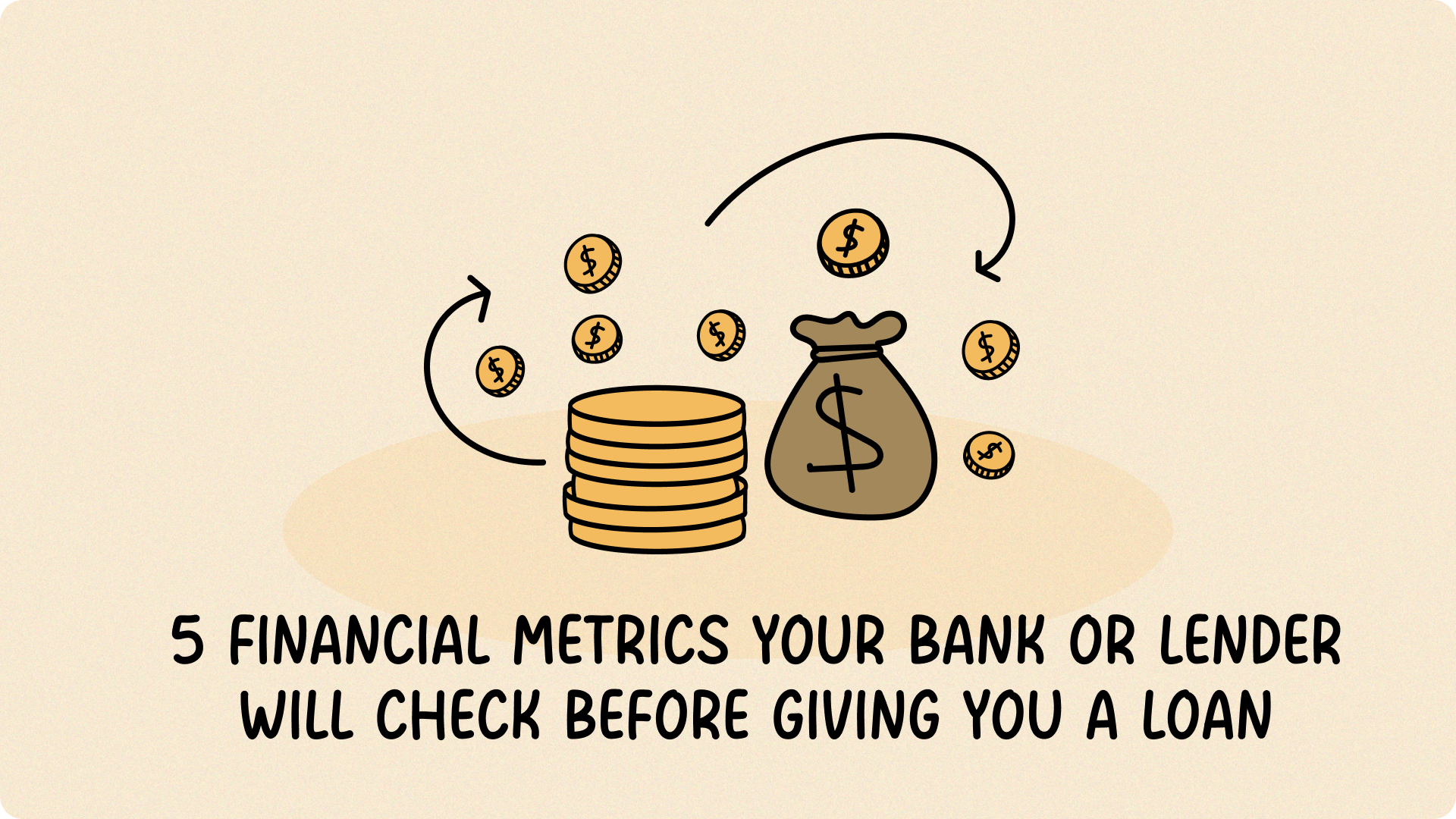One of the best parts of being self-employed is the freedom it brings. You’re the boss, setting your own hours and charting your own course. But with that freedom comes a responsibility that new freelancers and business owners often discover the hard way: you’re also the payroll department.
Unlike a traditional job where taxes are automatically withheld from each paycheck, when you work for yourself, you’re responsible for paying your own taxes directly to the IRS. This isn’t done in one lump sum at the end of the year. Instead, the U.S. operates on a “pay-as-you-go” system, which for the self-employed, means paying estimated taxes four times a year.
Although it may seem daunting, staying on top of your quarterly payments is manageable. Missing a deadline can lead to underpayment penalties that often catch self-employed individuals off guard. By familiarizing yourself with the due dates and the required steps, you can avoid surprises and keep your cash flow on track.
Table of Contents
- TL;DR Summary
- What Are Estimated Taxes?
- Who Needs to Pay Estimated Taxes?
- The 2025 Quarterly Tax Deadline Schedule
- How to Calculate Your Estimated Tax Payment
- How to Pay Your Estimated Taxes
- What If My Income Is Uneven?
- Don’t Fear the Deadlines. Systemize Them
TL;DR Summary
- What They Are: Estimated taxes are quarterly payments covering your income tax and Self-Employment tax (Social Security & Medicare) since you don’t have an employer withholding them for you.
- Who Pays: You generally need to pay if you expect to owe at least $1,000 in tax for the year. This applies to most freelancers, contractors, and small business owners.
- 2025 Deadlines: Mark your calendar for April 15, June 16, Sept 15, 2025, and Jan 15, 2026.
- Rough Calculation: Estimate your annual net income (income minus expenses), calculate the total tax owed (income + self-employment tax), and divide by four.
- How to Avoid Penalties: Use the “Safe Harbor” rule. Pay at least 90% of the tax you owe for the current year OR 100% of your 2024 tax. If your adjusted gross income was over $150,000 in 2024, you must cover 110 percent of your 2024 tax to qualify.
- Takeaway: The key to managing quarterly taxes without stress is having a consistent system for tracking your finances year-round.
What Are Estimated Taxes?
Think of these as the self-employed version of the tax withholding (W-4) you had at a traditional job. They are periodic payments you make throughout the year to cover your tax liability.
These payments cover two main things:
- Your Income Tax: The federal (and state, if applicable) tax on your profits. Check your state’s tax website, as estimated tax rules may differ.
- Self-Employment Tax: This is a crucial one. It’s how you pay into Social Security and Medicare. It consists of 12.4% for Social Security (up to an annual income limit of $176,100 for 2025) and 2.9% for Medicare. If your earnings exceed $200,000 (single) or $250,000 (married filing jointly), an additional 0.9% Medicare tax applies. When you’re an employee, you split this with your employer; when you’re self-employed, you pay both halves.
By paying quarterly, you avoid a massive tax bill in April and stay compliant with IRS requirements.
Who Needs to Pay Estimated Taxes?
The rule of thumb from the IRS is straightforward. You generally must pay estimated taxes if you expect to owe at least $1,000 in tax for the year 2025 after subtracting any withholding or credits.
This applies to most freelancers, independent contractors, and small business owners who operate as:
- Sole proprietors
- Partners in a partnership
- S Corporation shareholders
- Members of an LLC
If you also earn W-2 wages, you may be able to avoid estimated tax payments by simply having your employer withhold more tax from your regular paycheck.
The 2025 Quarterly Tax Deadline Schedule
The quarterly deadlines are not evenly spaced every three months, which is a common point of confusion. It’s essential to mark these dates on your calendar. The next deadline is Sept. 15, 2025, for income earned from June 1 to Aug. 31.
Here are the deadlines for paying your 2025 estimated taxes:
| Quarter | For Income Earned Between: | Deadline |
| Q1 | Jan 1–Mar 31, 2025 | April 15, 2025 |
| Q2 | Apr 1–May 31, 2025 | June 16, 2025 (Note: June 15 is a Sunday) |
| Q3 | Jun 1–Aug 31, 2025 | Sept 15, 2025 |
| Q4 | Sep 1–Dec 31, 2025 | Jan 15, 2026 |
Note: Deadlines that fall on a weekend or holiday are moved to the next business day.
How to Calculate Your Estimated Tax Payment
Calculating your payment requires a bit of forecasting, but it can be broken down into simple steps.
Step 1: Estimate Your Total Net Income for the Year
Start with your projected gross income (everything you expect to earn). Then, subtract your estimated business expenses (software, supplies, home office costs, etc.). This gives you your net self-employment income. This is why diligent, year-round tracking of income and expenses is so critical.
Step 2: Calculate Your Self-Employment (SE) Tax
For 2025, the SE tax rate is 15.3% on the first $176,100 of net earnings. This breaks down into 12.4% for Social Security and 2.9% for Medicare. If you earn more than that, you continue to pay only the 2.9% Medicare tax on the excess, plus a 0.9% Additional Medicare Tax if your earnings exceed $200,000 (single) or $250,000 (married filing jointly).
Step 3: Calculate Your Estimated Income Tax
Take your net income, subtract the deduction for one-half of your SE tax, and then apply the appropriate federal income tax bracket based on your filing status (single, married filing jointly, etc.).
Step 4: Add It Up and Divide by Four
Add your estimated income tax and your self-employment tax together to get your total estimated tax for the year. Divide this number by four to get your quarterly payment amount.
Pro-Tip: The “Safe Harbor” Rule
Worried your estimate will be off? The IRS offers a “safe harbor” rule to help you avoid underpayment penalties. You are generally protected from penalties if you pay, through withholding and estimated payments, at least:
- 90% of the tax you owe for the current year (2025), or
- 100% of the tax you owed for the prior year (2024). (This threshold is 110% if your Adjusted Gross Income in the prior year was more than $150,000).
Many freelancers use the 100% rule for simplicity if their income is stable, as it’s based on a known number from last year’s tax return.
Worked Example
Here’s how to calculate quarterly taxes for a freelancer expecting $100,000 in net earnings (after expenses) in 2025:
- Find Taxable Base: Multiply net earnings by 92.35% (100% − 7.65%, half the 15.3% SE tax rate, deductible before income tax).
- $100,000 × 92.35% = $92,350
- $100,000 × 92.35% = $92,350
- Calculate Self-Employment (SE) Tax: Apply 15.3% (12.4% Social Security on first $176,100 + 2.9% Medicare) to the taxable base.
- $92,350 × 15.3% = $14,129.55
- $92,350 × 15.3% = $14,129.55
- Calculate Income Tax: Subtract half the SE tax ($14,129.55 ÷ 2 = $7,064.78) from net earnings, then apply a 22% federal tax rate (assumed for simplicity).
- Taxable income: $100,000 − $7,064.78 = $92,935.22
- Income tax: $92,935.22 × 22% ≈ $20,445.75
- Total and Divide: Add SE and income taxes, then divide by four for quarterly payments.
- Total tax: $14,129.55 + $20,445.75 = $34,575.30
- Quarterly payment: $34,575.30 ÷ 4 = $8,643.83
Note: Your actual tax rate depends on your filing status; check IRS brackets or consult a professional.
How to Pay Your Estimated Taxes
The IRS makes it easy to pay online. Here are the most common methods:
- IRS Direct Pay: The easiest option. You can pay directly from your bank account for free on the IRS website.
- EFTPS (Electronic Federal Tax Payment System): A more robust system used by many businesses. It’s also free but requires enrollment.
- Debit Card, Credit Card, or Digital Wallet: You can pay via a third-party payment processor, but they charge a processing fee.
- Mail a Check: The traditional method. You can mail a check payable to “United States Treasury” with a payment voucher from Form 1040-ES, Estimated Tax for Individuals.
What If My Income Is Uneven?
What if you have a huge project in the spring and a slow winter? If your income fluctuates significantly, you can use the annualized income installment method. This allows you to adjust your payments based on the income you earned in each specific period, rather than paying four equal installments. It’s more complex and may require Form 2210 and professional assistance, but modern accounting tools like Fynlo can help you track income by period to make this calculation easier.
Don’t Fear the Deadlines. Systemize Them
Quarterly estimated taxes are a fundamental part of self-employment, but they don’t have to be a source of anxiety. The key is to move from reactive, last-minute calculations to a proactive, organized system. When you have a clear, real-time picture of your income and expenses throughout the year, calculating your payments becomes a simple check-in, not a frantic scramble.
Ready to swap tax-season anxiety for year-round financial clarity? Modern accounting tools like Fynlo can reduce tax prep time by up to 40–60%, according to industry benchmarks. Sign up for a free Fynlo account today or schedule a call with our team to discover how our intuitive platform can transform your business.
You may also like these articles:







